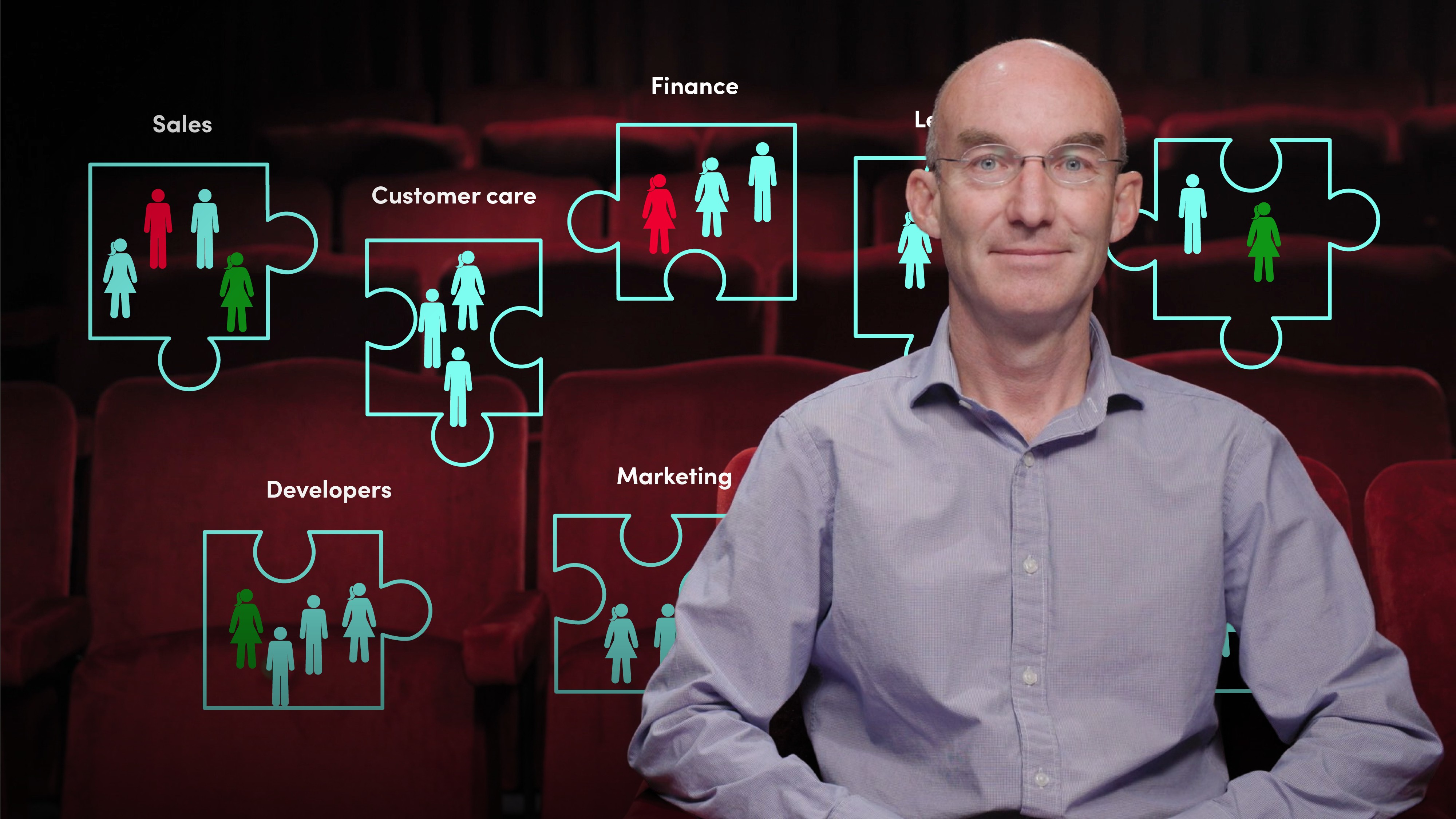
Culture Deep Dive Utilising Diagnostics

Roger Noon
25 years: Behavoural science & culture
In the last couple of videos, Roger introduced the "How?" of cultural change by looking at some of the tools and techniques that can be used to diagnose cultural strengths and weaknesses and then influence effective change. In this video, he will discuss the diagnostic part of the deep dive process, which involves data collection and data analysis.
In the last couple of videos, Roger introduced the "How?" of cultural change by looking at some of the tools and techniques that can be used to diagnose cultural strengths and weaknesses and then influence effective change. In this video, he will discuss the diagnostic part of the deep dive process, which involves data collection and data analysis.
Subscribe to watch
Access this and all of the content on our platform by signing up for a 7-day free trial.

Culture Deep Dive Utilising Diagnostics
11 mins 50 secs
Key learning objectives:
Understand why the culture deep dive technique is important
Identify the steps to undertake a culture deep dive
Overview:
So far we have introduced the ‘how’ of culture change, we’ve looked at some of the tools and techniques that can be used to diagnose cultural strengths and weaknesses. One of these tools was the culture deep dive which can be used as a basis for developing a change programme. Running a deep dive involves three steps; identifying the target areas, data collection and data analysis, once we have collected this information we can start to look at tangible actions to influence and effect change.
Subscribe to watch
Access this and all of the content on our platform by signing up for a 7-day free trial.
How do we identify the target area?
We first need to identify potential positive and negative outliers within the different sub-cultures of an organisation. Because the deep dive process operates at this subculture level, it is effortful and intensive so it’s not usually cost-effective or practical to develop a full understanding of the whole jigsaw of sub-cultures straight away. The deeper investigative work will need to be prioritised by taking a risk or interest-based approach.
Two simple inputs that can be used to direct priorities are firstly, existing internal and external employee survey data, and secondly, risk or conduct-based data that can be aggregated at a subculture level
How do we go about collecting data?
The diagnostic part of the deep dive involves data collection and analysis which takes around 6-8 weeks to complete.
Data collection involves triangulation of qualitative and quantitative data, including through existing culture-related data, i.e. surveys, auditrs or compliance reviews and through confidential one-to-one interviews and surveys.
How do we analyse the data?
The purpose of data analysis is to synthesise all of the data input and identify patterns and common themes that reflect the underlying collective norms, attitudes and environmental conditions that influenced behaviour and that are relevant to that particular subculture.
When analysing data it is important to follow a rigorous approach. Patterns and themes will start to emerge from the analysed data.
Subscribe to watch
Access this and all of the content on our platform by signing up for a 7-day free trial.

Roger Noon
There are no available Videos from "Roger Noon"





























